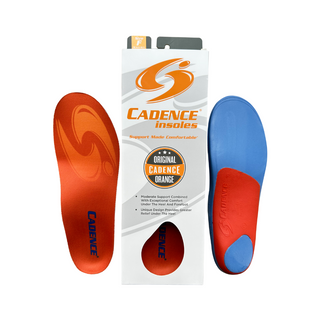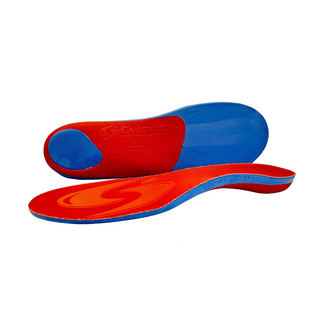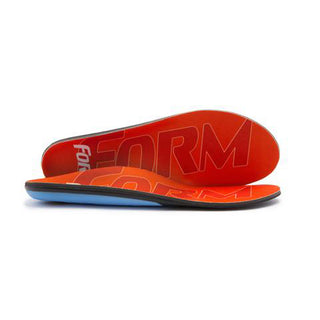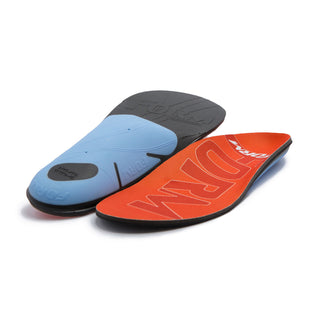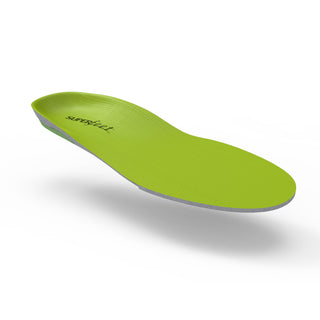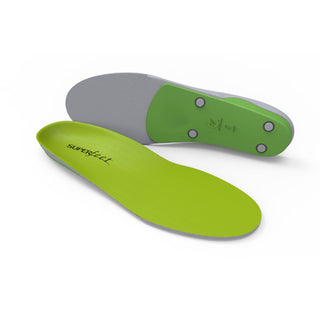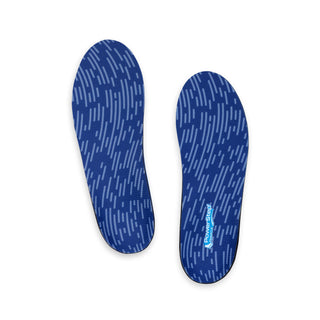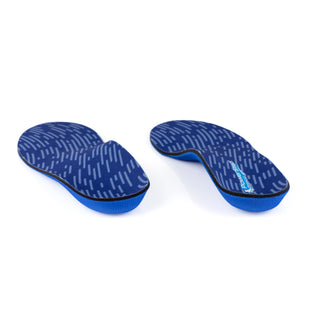Knock Knees (Genu Valgum) Symptoms and Relief
Recommended for Knock Knees (Genu Valgum) Symptoms and Relief
View allKnock knees is a common condition in children where the knees tilt inward while the ankles remain far apart when standing with the feet together.
While knock knees usually corrects itself, it can continue on leading to pain and difficulty walking. Learn more about knock knees and how orthotics may be able to help relieve pain.
What is Knock Knees
Knock knees, medically known as genu valgum, is a condition where the knees touch but the ankles remain apart when standing with feet together.
It is common in children aged 2-5 but usually corrects itself as the child grows. In some cases, knock knees can persist or develop later in life. Severe knock knees can cause knee pain, difficulty walking, and increased risk of osteoarthritis.
How common is knock knees?
Knock knees manifest often in children as part of the growing process, in fact, most children have knock knees. Knock knees is slightly more common in girls than boys and most often will resolve on its own. When knock knees fail to resolve or get worse as a child ages then it’s time for treatment.
Causes of Knock Knees
Knock knees manifests early and has a variety of causes, usually, it is one of the following:
- Normal growth and development in children
- Obesity, which puts extra pressure on the knees
- Injury or damage to the growth plate around the knee
- Rickets or other conditions affecting bone development
- Genetic conditions like skeletal dysplasias
Symptoms of Knock Knees
The most common (and obvious) symptom of knock knees is the knees touching/overlapping when standing with the ankles apart. There are other symptoms to be aware of though that may signify knock knees:
- Outward angling of lower legs and feet
- Knee pain, especially during physical activity
- Awkward or unstable walking gait
- Reduced range of motion in the knees
- One leg appears shorter than the other
It is important to consult with a medical professional for a proper diagnosis to help guide treatment.
Treatment for Knock Knees
The treatment for knock knees will depend on the severity and underlying cause of the condition. Mild cases may resolve on their own and only require observation and regular checkups to ensure progress.
More severe cases may require the following:
- Wearing a knee brace can help realign the knees
- Exercises to strengthen leg muscles and improve range of motion
- Special shoes or insoles to correct foot positioning
- Maintaining a healthy weight reduces stress on the knees
- Rarely needed, reserved for severe cases not responding to other treatments
Do Insoles Help With Knock Knees?
Insoles can be an effective part of treating knock knees, especially when the condition is related to foot positioning.
Orthotic insoles help realign the feet and ankles, which in turn can improve knee alignment. Insoles provide cushioning and support that can help reduce knee pain and improve walking comfort. While insoles can help, they are often used in combination with other treatments like bracing and physical therapy for best results.
What to Look for in Insoles for Knock Knees
When choosing insoles for knock knees, we recommend you look for the following:
- Arch support: Insoles with good arch support help correct overpronation, a common factor in knock knees.
- Deep heel cups: Deep heel cups provide stability and help align the hindfoot.
- Firm midsole: A firm, supportive midsole helps control foot motion and alignment.
- Medial posting: Insoles with medial posting (thicker on the inner edge) can help counteract knock knee alignment.

